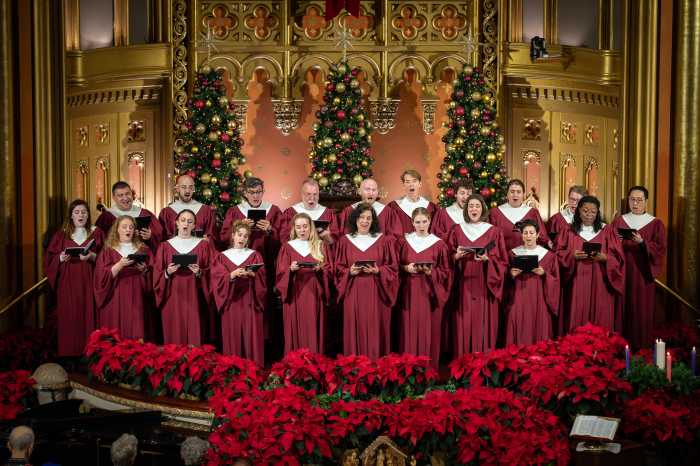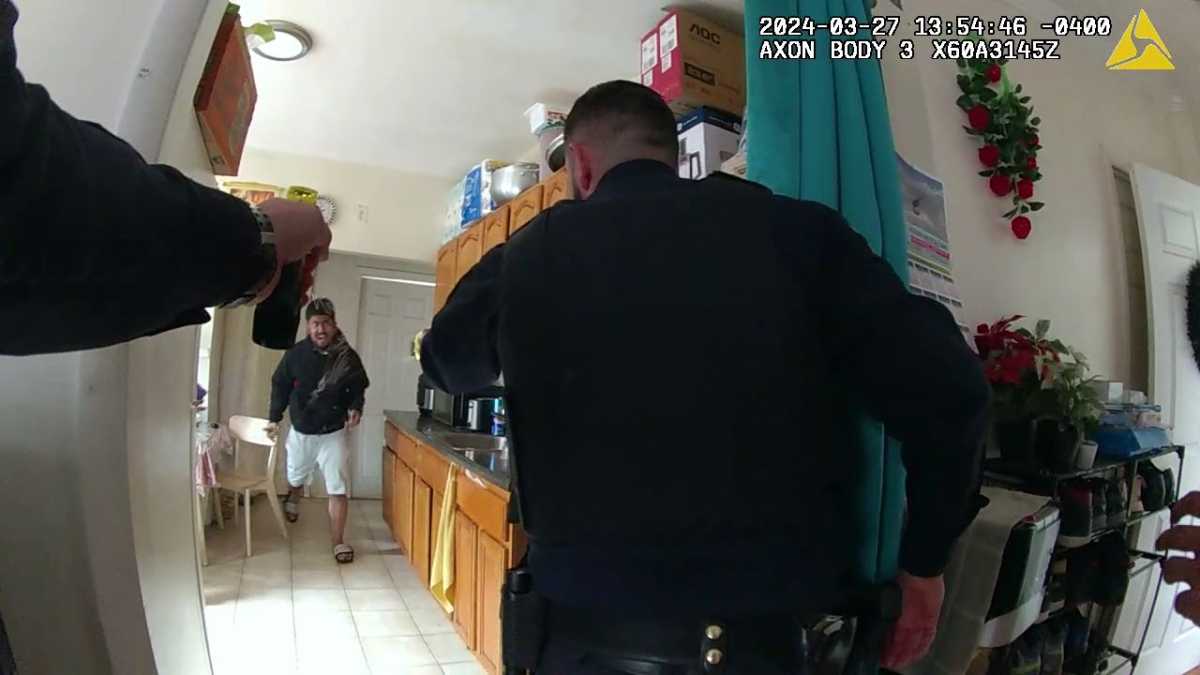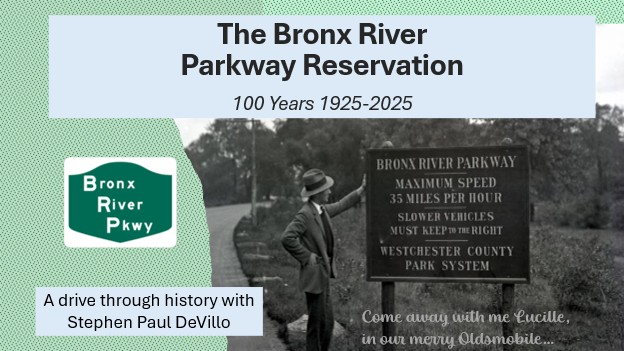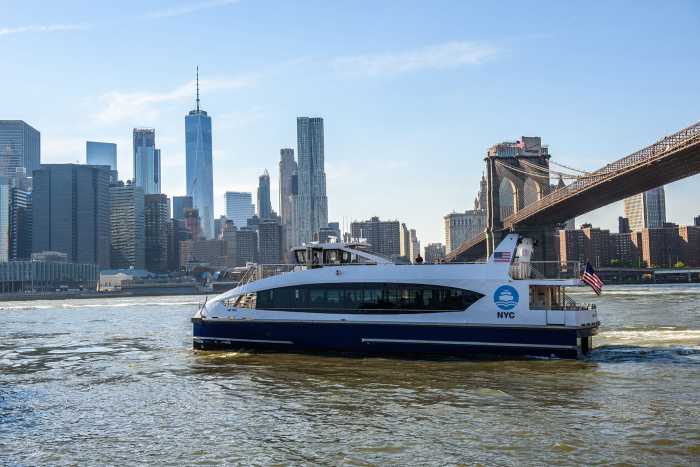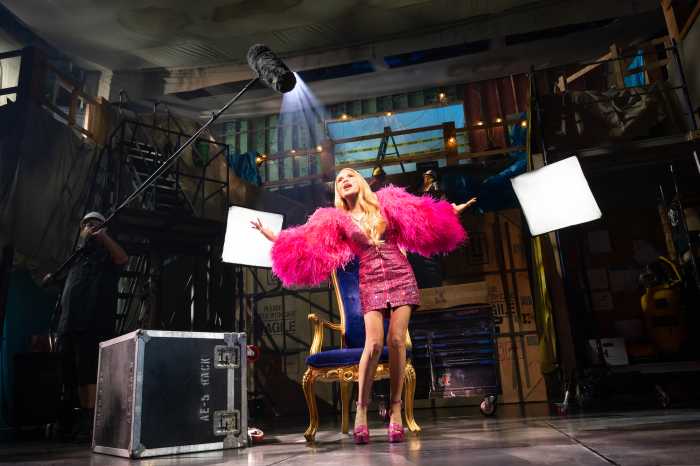-

Photo Credit: Nicole Brown -
 At the 42nd Street-Port Authority Bus Terminal station, there is an abandoned lower level platform under the downtown tracks. The lower level was intended to become a terminal for the E train. It would allow E trains to come and go without causing more traffic with A and C trains, historian Joseph Cunningham explained.
At the 42nd Street-Port Authority Bus Terminal station, there is an abandoned lower level platform under the downtown tracks. The lower level was intended to become a terminal for the E train. It would allow E trains to come and go without causing more traffic with A and C trains, historian Joseph Cunningham explained.
“They were trying to avoid that overcrowding that they’d experienced at Times Square by making that station as big as possible,” he said.
But the traffic from Queens was not heavy enough, and the station was never used for that purpose. When there was enough traffic, it was decided that the E train would run all the way to Chambers Street using the upper level like the A and C trains.
In the 1950s, the lower level was used for special fare deals, Cunningham said. One special would take passengers from 42nd Street to Hoyt Street in Brooklyn and then to the Aqueduct Racetrack. Another went to Rockaways’ Playland, he said. The Aqueduct Racetrack special lasted the longest, operating at least into the late 1960s.
Today, there is no known access to the lower level. The photo above shows the main platform of the 42nd Street station.
” data-id=”112168658″ data-link=”https://amnewyork.wpengine.com/wp-content/uploads/2019/10/14735_image.jpg” class=”wp-image-1.12168658″/>
Photo Credit: Nicole Brown -
 For two months in 1947, a physicist named Victor Hess had a research lab in the 190th Street subway station. Cunningham explained that Hess was doing research on natural background radiation, and he needed to be deep underground to do his experiments so that cosmic and solar radiation would not interfere. While the No. 1 train station at 191st Street is the deepest station (180 feet below the street), 190th Street is one of the deepest in the system. Cunningham said it is about 160 feet below the street and that it is wider than 191st Street, making it a good location for Hess to work.
For two months in 1947, a physicist named Victor Hess had a research lab in the 190th Street subway station. Cunningham explained that Hess was doing research on natural background radiation, and he needed to be deep underground to do his experiments so that cosmic and solar radiation would not interfere. While the No. 1 train station at 191st Street is the deepest station (180 feet below the street), 190th Street is one of the deepest in the system. Cunningham said it is about 160 feet below the street and that it is wider than 191st Street, making it a good location for Hess to work.
Cunningham said Hess made an agreement with city transit officials that allowed him to work in the station.
“They built him a little room at the back end of the downtown platform,” he said. “He brought in all of his equipment and he carried out these background radiation measurements.”
” data-id=”112168691″ data-link=”https://amnewyork.wpengine.com/wp-content/uploads/2019/10/img_5daa8244cde3e.jpg” class=”wp-image-1.12168691″/>
Photo Credit: Yeong-Ung Yang
The A train, stretching from upper Manhattan to Far Rockaway, runs along three different subway lines: the Eighth Avenue Line in Manhattan, the Fulton Line in Brooklyn and Queens, and the Rockaway Line in Queens.
The first of those lines was the Eighth Avenue Line, which opened in 1932. It was the first line of the Independent Subway System, owned and operated by the city. Other subway lines at the time were operated by private companies.
The line stretched from 207th Street to Chambers Street. The next year, it was extended into Brooklyn through the Cranberry Street Tunnel. It would eventually connect with the Fulton Street Line and Rockaway Line to become the length it is today.
The A train runs the full distance of all the lines, making it the longest in the system. Scroll down to find out how long that ride is and more fun facts about the A train.













